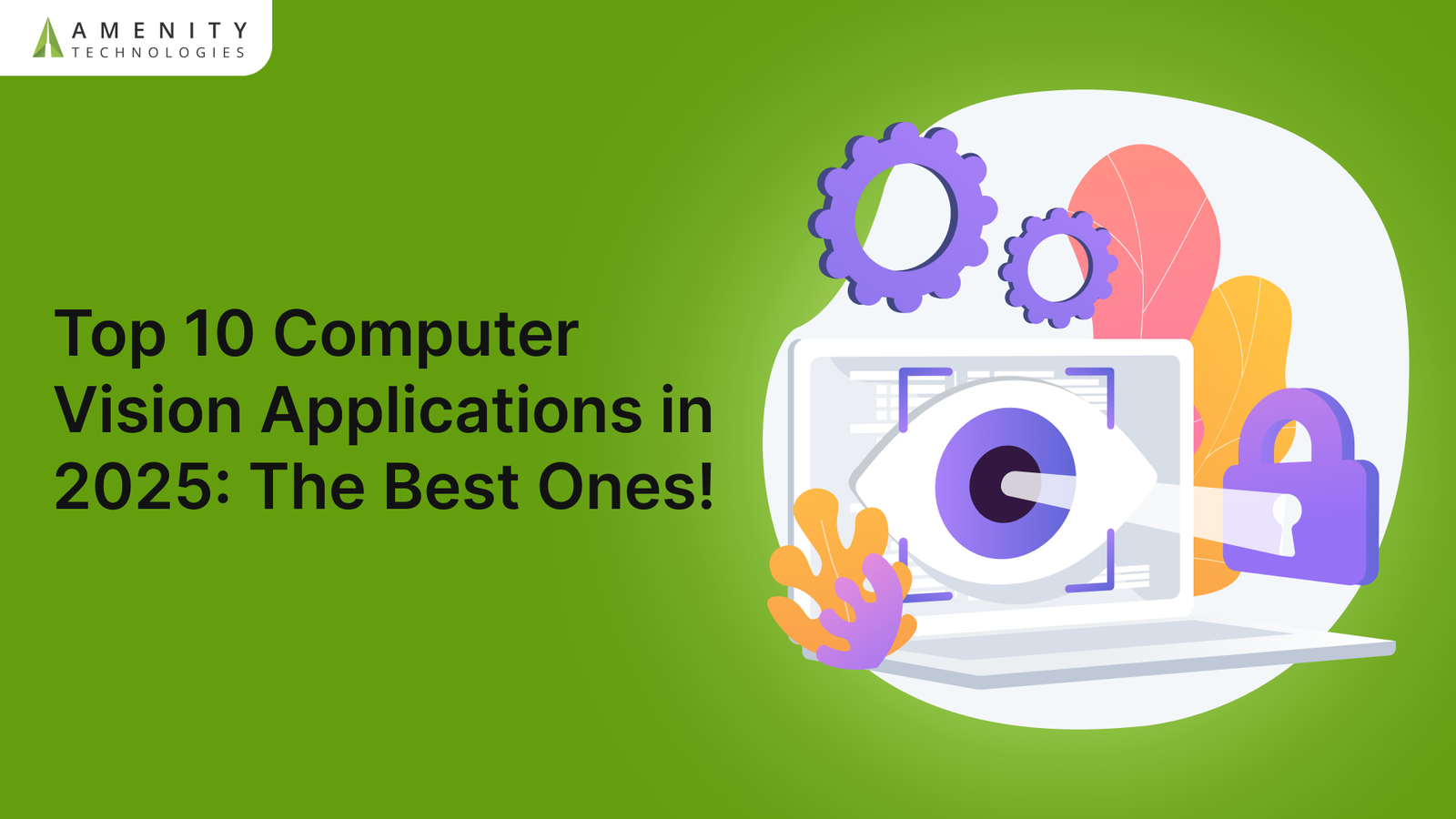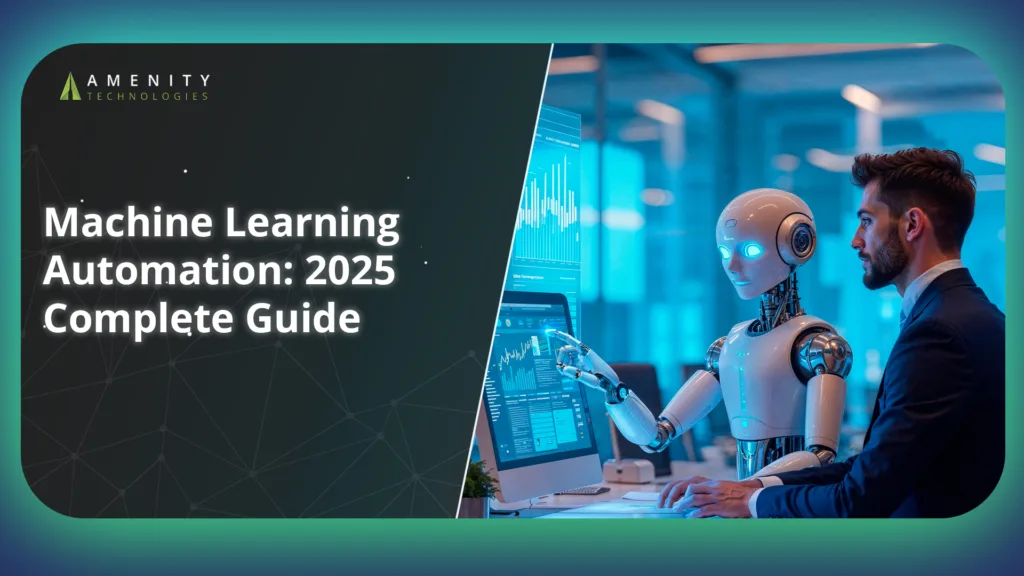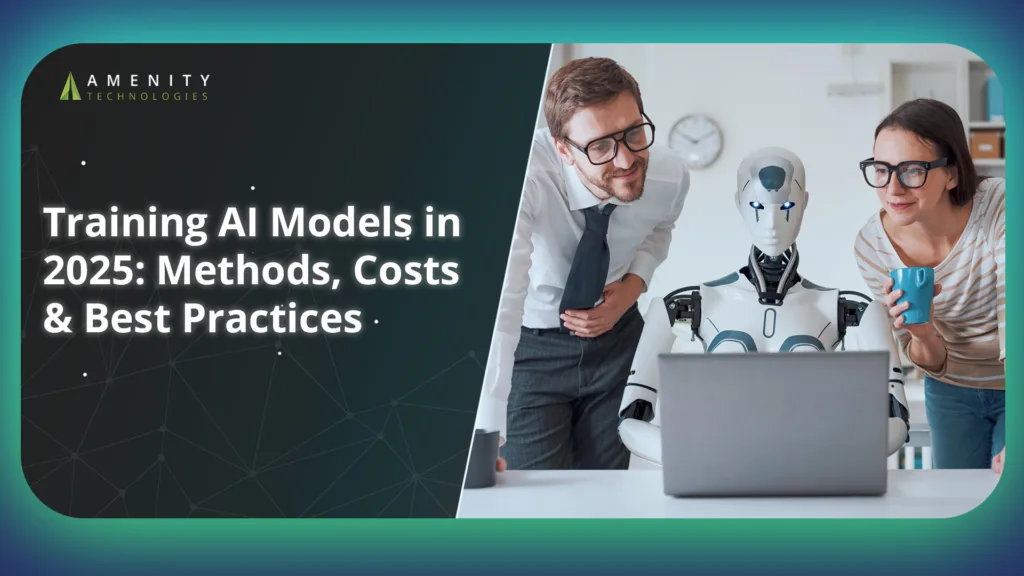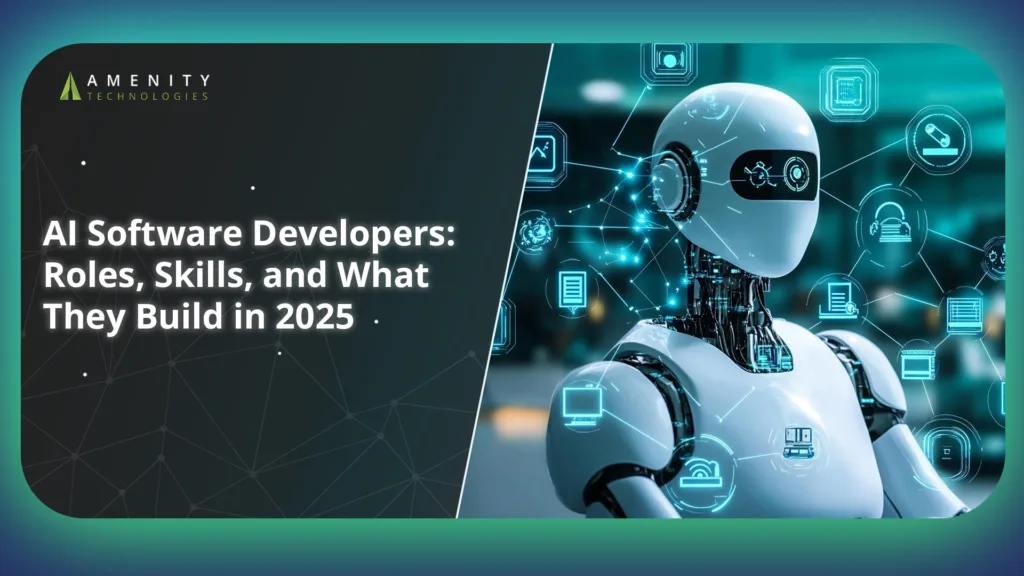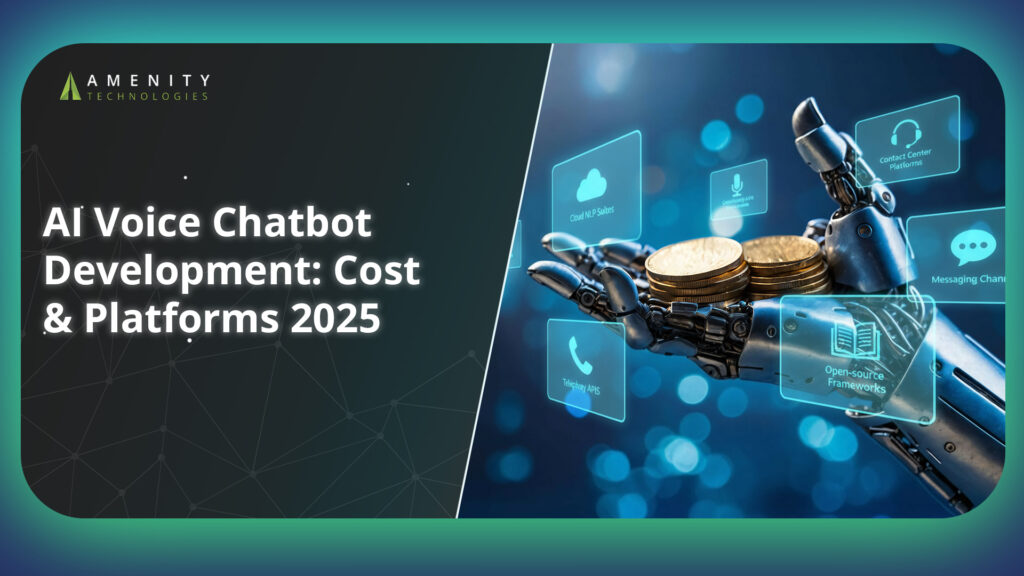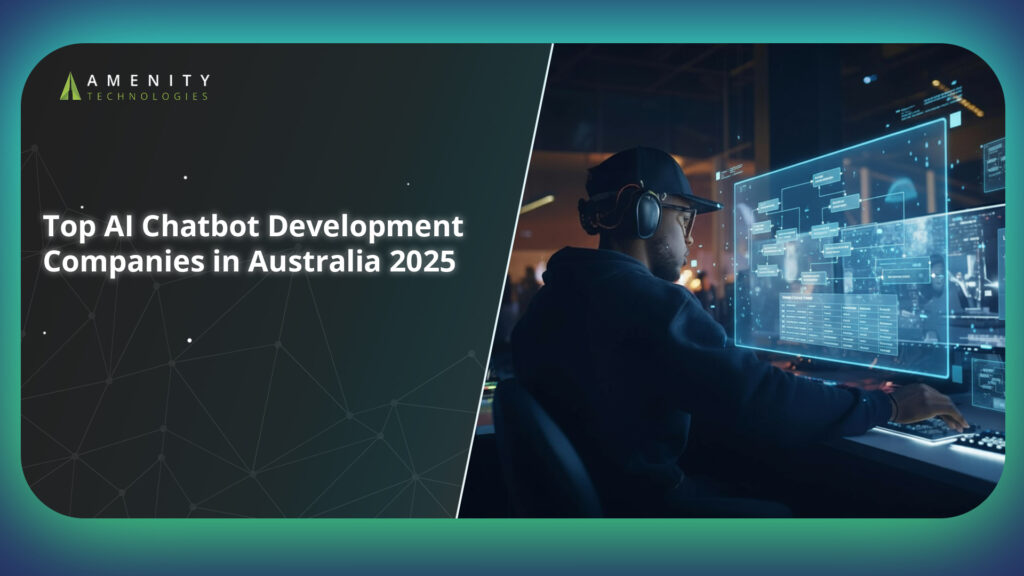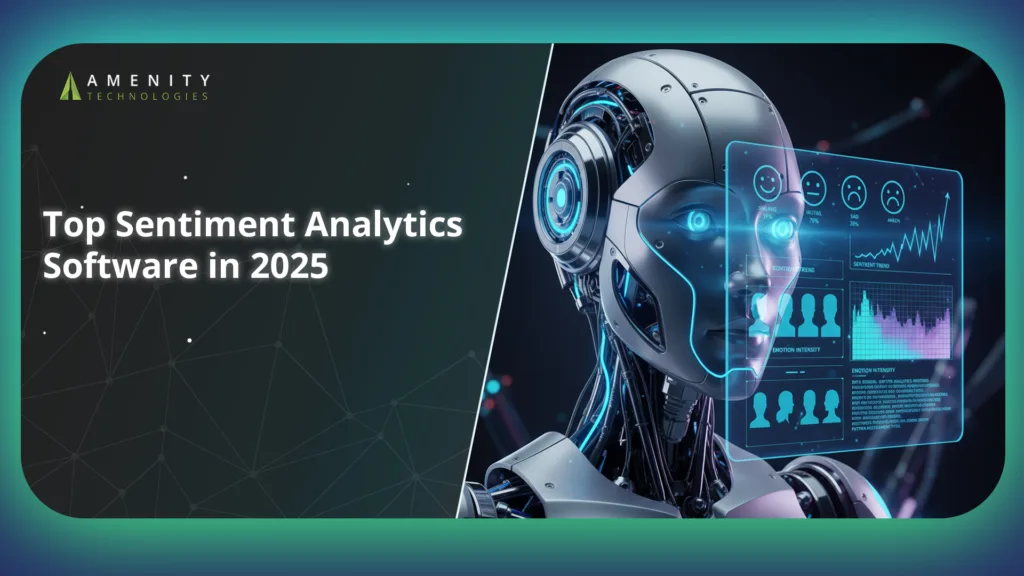Computer vision applications now operate at the core of critical systems in healthcare, automotive, retail, and industrial sectors. By 2025, these systems are no longer confined to pilots or lab environments – they’re generating measurable returns at scale. AI vision systems handle diagnostics, automate inspections, and support retail inventory with real-time precision.
Powered by models like YOLO and ViTs, these tools process data faster than manual methods and reduce human error. With machine vision solutions deployed on edge devices, businesses improve speed, privacy, and cost-efficiency. This guide covers 10 high-impact use cases already shaping operations with real-world deployments—not theoretical promises.
1. Medical Imaging and Diagnostics
Computer vision applications are changing how medical professionals approach diagnostic imaging. Tools powered by AI vision systems now support the review of X-rays, CT scans, and MRIs by identifying patterns that may be overlooked during manual checks.
These models process thousands of frames per second and are trained to flag abnormalities with consistency across large data volumes. This speeds up image analysis and supports more confident clinical decisions.
In critical care units, hospitals are applying computer vision applications to monitor patients without physical contact. These systems detect movements, postural changes, and signs of distress. If a patient tries to get up unassisted or stops moving unexpectedly, alerts trigger automatically.
AI vision systems also help monitor breathing by analyzing subtle changes in motion and temperature, giving clinicians early warnings of respiratory decline. With edge-based processing, video input is analyzed locally, preserving data security and reducing lag. The result is more reliable monitoring that doesn’t depend on manual surveillance.
2. Autonomous Vehicles and Driver Assistance
Modern computer vision applications power the core of autonomous driving systems. Cameras positioned across the vehicle capture live surroundings and feed them into AI vision systems trained to identify road signs, lane markings, traffic lights, and pedestrians. These models provide real-time feedback to control systems, allowing for immediate decisions on acceleration, braking, or lane changes.
By using machine vision solutions with sensor fusion, vehicles respond to their environment without relying on GPS alone. This improves accuracy in complex scenarios like urban streets, construction zones, or unmarked roads. Real-time object detection allows safer and more consistent driving under variable conditions.
Vehicles equipped with computer vision applications can now assess parking availability, detect lines, and assist drivers with alignment. Some systems handle full parking maneuvers automatically by recognizing space dimensions and nearby objects.
At the infrastructure level, AI vision systems monitor traffic flow and congestion patterns using live video from mounted cameras. These insights help city planners reduce bottlenecks and optimize signal timing. Machine vision solutions process this data continuously, giving municipalities a real-time overview of how streets are being used and where traffic is building up.
3. Industrial Inspection and Predictive Maintenance
Manufacturing teams use computer vision applications to automate quality checks during production. Cameras installed along the line capture high-resolution images of each unit, and AI vision systems analyze them instantly to detect surface-level issues.
These can include scratches, dents, incorrect assembly, or missing components. Machine vision solutions reduce the need for manual inspection, especially in high-volume settings where speed is essential. By isolating defects early in the process, factories avoid costly rework or product recalls. These systems also ensure that every unit meets compliance and performance standards before it moves to packaging or shipping.
Besides, the industrial sites rely on computer vision applications to monitor equipment visually without interrupting operations. Mounted cameras track machinery movement, color shifts, vibrations, and heat signatures. When AI vision systems detect deviations from the expected pattern, they flag them for maintenance crews.
This visual data becomes part of the ongoing condition tracking that supports predictive maintenance. Machine vision solutions help reduce unplanned downtime by identifying wear or malfunction indicators early. Teams can then schedule repairs before failure occurs, which protects productivity and limits the risk of cascading damage in connected systems.
4. Smart Retail and Shelf Analytics
Retailers are using computer vision applications to track inventory in real time. Cameras placed above shelves capture product availability and positioning, while AI vision systems analyze the footage to detect missing items or misplaced products. When a shelf is close to empty, staff receive alerts to restock.
This reduces lost sales from stockouts and helps teams prioritize shelf maintenance. Machine vision solutions also support planogram compliance by verifying whether items are placed correctly based on store layout standards. These systems run continuously, giving store managers better visibility into what’s happening across multiple aisles or locations.
To understand customer behavior, stores use computer vision applications to monitor foot traffic and dwell time. The footage is processed through AI vision systems that create heatmaps, revealing how shoppers move through the space. Retailers then adjust product placement, signage, or promotions based on real-time patterns.
5. Robotics and Vision-Guided Automation
Robotic systems now rely on computer vision applications to improve precision and flexibility in motion tasks. Mounted cameras capture the shape, position, and orientation of objects, which are then processed by AI vision systems to guide robotic arms.
These machines adjust grip and movement dynamically, even if the object is misaligned or shifted. In fast-paced environments like sorting facilities or electronics assembly lines, machine vision solutions help reduce mispicks and ensure proper placement.
The result is higher throughput with fewer interruptions. This type of vision integration allows robots to work with non-uniform items without needing constant reprogramming or human adjustment.
In warehouses and factories, computer vision applications support robotic sorting and inspection. The system identifies barcodes, shapes, and patterns to decide how items should be grouped or where they should be placed. AI vision systems provide instant feedback, allowing the robot to make decisions on the fly. If an object is damaged or incorrectly oriented, the machine can respond without external input. Machine vision solutions also verify assembly sequences, flagging issues early.
6. Drone Surveillance and Agriculture
Agriculture benefits from computer vision applications mounted on drones that capture detailed aerial images of fields. These AI vision systems analyze plant health by detecting color changes, growth patterns, and signs of disease or pest infestation.
Farmers use this data to apply water, fertilizer, or pesticides more efficiently, reducing waste and improving yields. Machine vision solutions enable precision agriculture by providing insights that would be difficult to gather with traditional scouting methods. Frequent drone surveys help track crop development and alert teams to emerging issues before they spread.
Drones equipped with computer vision applications inspect infrastructure like bridges, buildings, and roofs for cracks or damage. The visual data is processed by AI vision systems to identify structural concerns that may need maintenance or repair. This approach allows inspections in hard-to-reach or hazardous locations without putting workers at risk. Machine vision solutions also create detailed reports with annotated images, supporting faster decision-making.
7. Optical Character Recognition (OCR) and Document Automation
Computer vision applications have transformed how organizations handle paperwork. Using AI vision systems, handwritten forms, invoices, and receipts are scanned and converted into searchable, editable digital formats.
These systems reduce manual data entry and speed up processing by recognizing varied handwriting styles and layouts. Machine vision solutions integrate with backend systems, allowing instant validation and routing.
Security and logistics use computer vision applications to scan license plates and IDs in real time. Cameras capture images that AI vision systems analyze to read and verify characters quickly. These systems support access control, toll collection, and inventory tracking with minimal human intervention.
8. Augmented Reality and Vision Transformers
Computer vision applications enhance augmented reality by providing real-time visual overlays during maintenance or assembly. Technicians wearing smart glasses access guided instructions that adapt to the current view. AI vision systems track tools and parts, ensuring steps are followed precisely and safely.
These machine vision solutions reduce errors and speed up complex tasks by eliminating guesswork and minimizing downtime. The integration of vision transformers improves object recognition and spatial understanding, making AR interfaces more responsive and reliable.
Users can scan objects through mobile cameras and receive instant digital information thanks to computer vision applications. AI vision systems analyze live video feeds to identify products, landmarks, or text and connect users to relevant data or shopping options.
9. Sports Analytics and Athlete Tracking
Computer vision applications capture detailed player movements to support performance analysis. AI vision systems track posture, acceleration, and reaction times, providing coaches with data-driven insights to improve training.
This technology helps identify strengths and weaknesses at an individual or team level without interrupting play. Machine vision solutions process video feeds from multiple angles, delivering precise metrics that were previously difficult to measure consistently. This information aids in injury prevention by monitoring biomechanical patterns and detecting early signs of fatigue.
Sports organizations use computer vision applications to support referees and officials by automatically detecting fouls, ball positions, and out-of-bounds events. AI vision systems analyze game footage in real time to flag critical moments, reducing human error and speeding up decision-making.
These machine vision solutions integrate with broadcast systems, providing instant replays and statistical overlays that enhance viewer engagement.
10. Environmental Monitoring and Wildlife Conservation
Computer vision applications assist conservationists by identifying animals captured on camera traps automatically. AI vision systems classify species, count individuals, and track movement patterns without requiring manual review of thousands of images. This accelerates data collection and helps monitor biodiversity efficiently.
Machine vision solutions can distinguish between similar-looking species and detect rare or endangered animals, improving research accuracy. The data gathered supports habitat protection and informs targeted conservation efforts.
Remote sensing combined with computer vision applications processes satellite images to detect environmental changes like deforestation and pollution.
AI vision systems analyze land use, water quality, and urban growth by identifying changes in vegetation cover and water bodies over time. These insights help authorities enforce regulations and plan restoration projects.
How Amenity Technologies Can Help with AI Vision Systems?
At Amenity Technologies, we build AI vision systems that deliver results across industries. Our expertise includes developing models using tools like YOLO, OpenCV, and TensorFlow to meet specific application needs.
We deploy computer vision applications on edge devices such as Jetson, Raspberry Pi, and mobile platforms, ensuring real-time performance without relying solely on cloud access.
Our full-cycle integration services connect machine vision solutions with cloud, mobile, or web environments, creating scalable OCR, inspection, and augmented reality interfaces.
Clients across healthcare, logistics, and manufacturing trust Amenity for fast, accurate, and ROI-focused AI vision implementations designed for practical impact.
Conclusion
Computer vision continues to change how industries operate by improving automation, safety, and efficiency. From medical imaging to drone inspections, AI vision systems now deliver actionable insights that drive measurable results. Investing in these computer vision applications offers a clear path to operational improvements and competitive advantage. Amenity Technologies provides expertise in building, training, and deploying these systems at scale, helping organizations turn vision into value quickly and reliably.
FAQs
1. What industries benefit most from computer vision in 2025?
Healthcare, automotive, manufacturing, retail, and agriculture show the strongest gains with computer vision applications driving efficiency and cost savings.
2. Do I need expensive hardware for AI vision systems?
Not always. Many AI vision systems run on affordable edge devices like Jetson Nano or Raspberry Pi without compromising performance.
3. Can these systems work offline or in low connectivity areas?
Yes. Amenity builds machine vision solutions deployed on edge devices that operate independently of cloud access.
4. How long does it take to develop a computer vision-based product?
Typical development timelines range from 8 to 16 weeks, covering model training through to full deployment.
5. Can Amenity integrate computer vision into existing applications?
Absolutely. We offer APIs, SDKs, and direct integration for web, mobile, or desktop platforms to incorporate computer vision applications seamlessly.


